What Is Agile Leadership?
Agile leadership is not a trend; it’s a transformation. Borrowed from the agile software development movement, it centres on adaptability, decentralised decision-making, rapid learning, and continuous feedback. Unlike rigid, hierarchical models of leadership that depend on predictability, agile leadership embraces change as an opportunity.
An agile leader fosters environments where experimentation is encouraged, cross-functional collaboration is the norm, and responsiveness trumps bureaucracy. In a world where five-year strategic plans feel obsolete six months in, agility is not just valuable—it’s essential.
Why Australia Needs Agile Leaders Now
Australia faces unique pressures in 2025:
- Economic Headwinds: Global inflationary pressures and domestic interest rate sensitivity are squeezing businesses and households alike.
- Climate Imperatives: With Australia co-hosting COP31, the pressure to lead on clean energy and environmental responsibility is real—and urgent.
- Technological Disruption: The rise of AI, automation, and remote workforces demands a rethinking of traditional leadership and talent engagement.
- Workforce Realignment: A hybrid workforce, skills shortages, and Gen Z’s expectation for purpose-driven work are reshaping the employer-employee relationship.
- Revitalisation of Faith and Spirituality: Whilst many see churches and faith communities shrinking in the fear of cancel culture and shifting social norms, people are still searching for purpose and meaning. Curiosity for the things of God and religion are on the rise again.
These dynamics demand more than traditional management—they require leadership that is nimble, humble, and collaborative.
Principles of Agile Leadership
So what makes an agile leader? Here are six key principles Australian leaders should embrace:
1. Empowerment Over Control
Agile leaders decentralise decision-making and trust their teams. Rather than micromanage, they empower teams with clear goals, context, and accountability. This creates ownership at every level, enabling faster responses and deeper engagement.
2. Adaptability Over Certainty
Traditional leaders often seek to eliminate ambiguity. Agile leaders embrace it. They are comfortable pivoting when the facts change, reframing failure as learning, and evolving strategies in real-time. In 2025, those who cling too tightly to “the plan” risk irrelevance.
3. People First, Always
Agility starts with people. The best agile leaders know that culture eats strategy for breakfast. They prioritise psychological safety, invest in team dynamics, and intentionally build diverse and creative workplaces where ideas can flow freely.
4. Short Feedback Loops
Rather than wait for quarterly reviews or end-of-year reports, agile leaders work in sprints. They encourage fast, iterative feedback and continuous improvement—whether it’s in product design, team performance, or strategic direction.
5. Clarity of Purpose
Agile leadership isn’t chaotic; it’s focused. In times of uncertainty, clarity becomes the true north. Agile leaders constantly communicate why their organisation exists and how each team contributes to that mission. This alignment gives flexibility meaning.
6. Resilience and Reflection
Agile leaders are not superhuman; they are deeply reflective. They build resilience by staying grounded in their values, acknowledging their own limitations, and fostering space for rest, renewal, and growth—both in themselves and in their teams.
Real-World Application: Agile in Action
As the founder and former CEO of the Back In Motion Health Group—Australia’s largest allied health franchise—I experienced first-hand the power of agile leadership. From launching our first clinic in the early 2000s to growing a national network of franchise partners, success rarely followed a linear path.
There were moments of economic downturn, regulatory upheaval, and personal burnout. But what sustained us was a culture of adaptability: trusting our local leaders to make real-time decisions, encouraging experimentation in clinical and operational models, and embedding feedback systems that kept us close to our clients and communities.
These principles, hard-earned over years of growth and challenge, shaped not only our organisation but my own philosophy of leadership—one I’ve since shared in Outside-In Downside-Up Leadership, a book that captures the messy, redemptive, and at times surprising nature of leading in complex environments. I called our approach ONEteam, and with this exercise in counter-cultural leadership we more than doubled our national footprint in 3 years – a scale of expansion that had previously taken us twelve years to secure.
Challenges to Agile Leadership
Of course, agility is easier to talk about than to do. Many leaders face structural and cultural barriers to change:
- Legacy systems and rigid reporting structures slow down decision-making.
- Fear of failure suppresses experimentation.
- Middle managers often feel disempowered in flatter, cross-functional models.
- Boardrooms remain risk-averse and uncomfortable with ambiguity.
To overcome these, leaders must go beyond surface-level restructuring and embrace a deep mindset shift. Agile leadership requires boldness—the courage to lead without knowing all the answers, to share power, and to experiment openly.
How to Begin: A Leadership Call to Action
Here are three practical steps for leaders wanting to become more agile in 2025:
- Start with Self-Leadership
Reflect on your own leadership style. Where do you default to control instead of trust? How comfortable are you with uncertainty? Your personal agility sets the tone. - Build Cross-Functional Teams
Break down silos and assemble teams with diverse perspectives. Ensure goals are shared, but let the process emerge organically. Provide air cover for smart risk-taking. - Adopt an Experimentation Mindset
Don’t wait for perfect conditions. Pilot new ideas, test assumptions, and iterate quickly. Celebrate learning as much as results.
Final Thought: Agility Is Not Optional
In 2025, agility is not a nice-to-have. It is the defining quality of leaders who will shape Australia’s future—for business, government, and the community alike. As the pace of change accelerates, the question is not whether leaders will face disruption, but how they will respond. Agile leadership offers a blueprint—not of rigid steps, but of enduring principles—to navigate whatever comes next.
If you’d like to explore these ideas further, including how they played out in the highs and lows of my own entrepreneurial journey, you’re welcome to download a copy of Outside-In Downside-Up Leadership from jasontsmith.com.au or find it on Amazon.
Sometimes the most agile thing a leader can do… is to start by listening, learning, and letting go.

